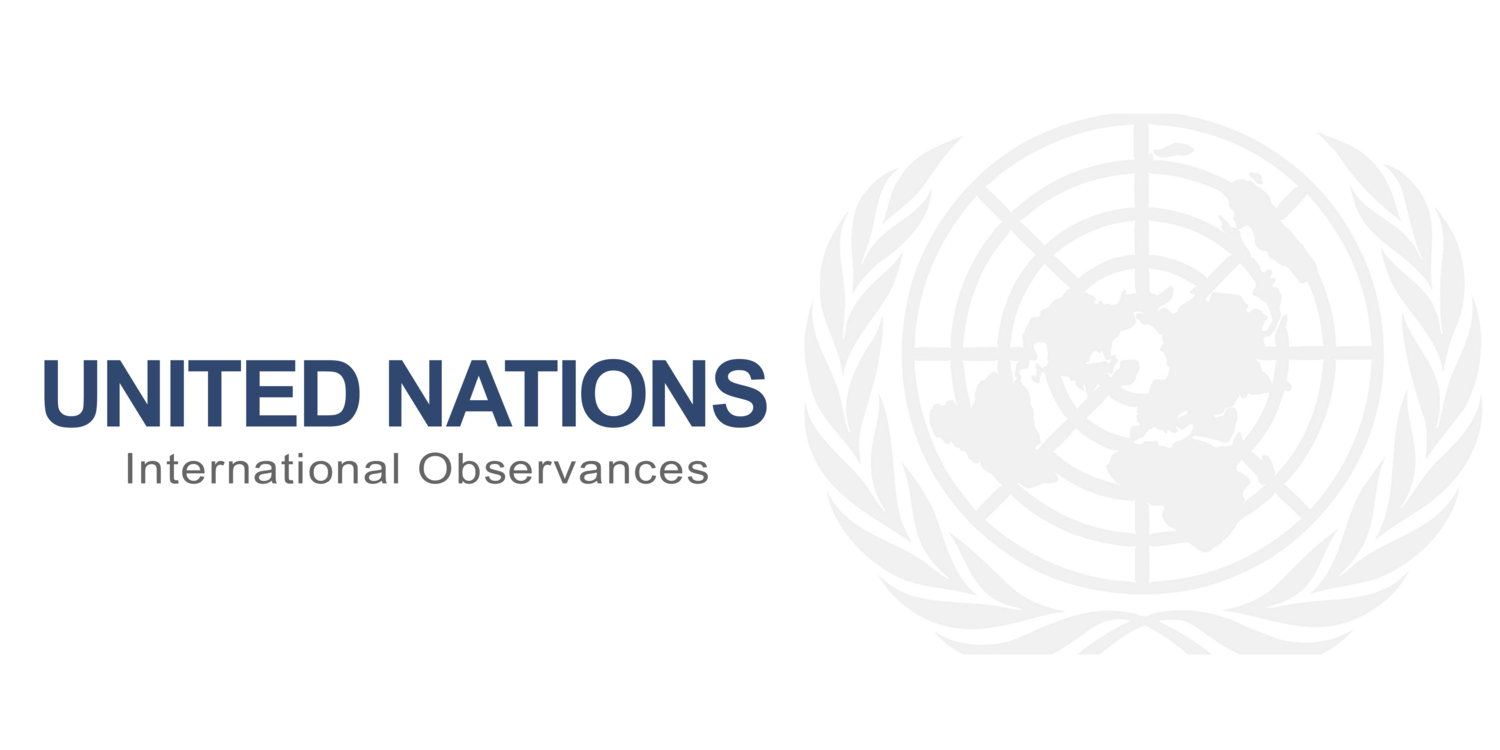PURPOSES: The Markhor is an incredible wild goat with male horns measuring almost 5 feet and weighing more than 100 kilos. The kids are born in the steepest of terrains where they survive their initial days escaping formidable predators such as wolves, lynx, and golden eagles. In the rut season, the males engage in deadly battles where they fight for dominance to earn the respect of female markhors. The Chitral Gol National Park is one of the very few places on earth where close to 3000 markhors thrive. Making it one of the few stable populations in the world. A remarkable comeback from a few hundred. But presumably with rising temperatures, the snow leopard, the apex predator has disappeared from the region and the lynx population has increased, disturbing the natural balance. The smaller predator is more efficient at killing the kids of markhor, putting a dent in the fresh gene pool.
FORUM: “Preserving the markhor and its natural habitat.“ International Day of the markhor 2024. The markhor (Capra falconeri) is an iconic and ecologically significant species found across the mountainous regions of Central and South Asia, including Afghanistan, India, Pakistan, Tajikistan, Turkmenistan and Uzbekistan. Preserving the markhor and its natural habitat is an ecological imperative and a significant opportunity to bolster the regional economy, Let’s discuss about the ways to foster conservation efforts and promote sustainable tourism and economic growth which will benefit the ecosystem. Follow the conversation with the hashtags: #24May, #Markhor, #habitat, #ecological, #InternationalDayOfTheMarkhor, #ProtectMarkhors.
EVENTS: On March 23rd, from 14:00 to 17th:30 PM (EST), the United Nations Biodiversity, the CITES Secretariat, the United Nations Environment Programme, the Convention on migratory species, the Convention on Biological Diversity, the IUCN, the UNODC, the World Wildlife Fund and TRAFFIC, Trade in Wild Species will held a webinar to mark the first-ever International Day of the Markhor. The markhor plays an important role in ecological balance and boosts local economies through sustainable tourism and conservation initiatives. However, the markhor is under threat from habitat destruction, illegal hunting, and climate change. Listed as 'near threatened' and safeguarded under CITES since 1992, strengthening conservation efforts is essential for its survival and the well-being of its environment. By enhancing international and regional collaboration, we can support efforts to preserve the markhor and encourage sustainable practices that benefit whole ecosystems. Register to Participate!
From October 12th to 15th, 2024; Taking place in Dushanbe, Tajikistan, the 9th World Conference on Mountain Ungulates aims to share scientific research focused on improving management and fostering conservation efforts for mountain hooved mammals and their ecosystems. Learn more about the conference!
PODCASTS: Bringing back the Markhor with Tanushree Srivastava from Wildlife Trust of India. Listen to the audio-podcasts!
CAMPAIGN MATERIALS: Protect the Markhor. Get the communication materials!
Why we celebrate the Day?
The number of mature individuals of markhor in the world is approximately 5,700. Throughout the last past ten years, the United Nations’ have mobilized efforts for the biodiversity and environmental dimension of sustainable development. The United Nations General Assembly proclaimed 24 May the International Day of the Markhor, by the resolution A/RES/78/278, and we celebrate it for the first time in 2024. We invite all Member States, organizations of the United Nations system, namely the United Nations Environment Programme, other international and regional organizations, civil society, non-governmental organizations, individuals and other relevant stakeholders to observe the International Day of the Markhor, as appropriate. We also invites all relevant stakeholders to give due consideration.
ACTIONS
Get involved in the development of project to conserve the markhor.
Mobilize actions against all forms of traffic of threatened species, poaching or horns trafficking
Support individual and organisational conversations about the importance of keeping the focus on Markhor habitat.
Engage in proactive, open discussions about breeding process and genetic resources.
Combat habitat loss and climate change
Enhance international and regional cooperation in support of efforts to conserve the markhor, given its role in the overall ecosystem.
.
PARTNERSHIPS
The International Day of the Markhor is organized by the United Nations Biodiversity, the CITES Secretariat, the United Nations Environment Programme, the Convention on migratory species, the Convention on Biological Diversity, the IUCN, the UNODC, the World Wildlife Fund and TRAFFIC, Trade in Wild Species, with the participation of the Government of Pakistan, the Permanent Mission of Tajikistan to the United Nations, the Permanent Mission of Turkmenistan to the United Nations, the Permanent Mission of Uzbekistan to the United Nations, the Permanent Mission of Afghanistan to the United Nations, the Permanent Mission of India to the United Nations, with the collaboration of International and Regional organization, Non-Governmental organizations, the civil society organizations, research scientists, Rangers, conservationists, scholars and the general public.

